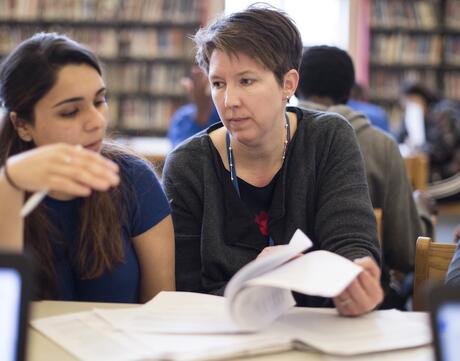
Research Three Ways
At a Glance
Language
English — USSubject
- English & Language Arts
Grade
6–12- Culture & Identity
Overview
About This Learning Experience
Reading and discussing literature provides an exciting opportunity for students to engage with historical and contemporary issues that matter to them. When they learn about events and issues central to (and on the periphery of) a text, they develop a deeper understanding of and appreciation for the narrative, as well as the world today. Furthermore, the connections between past and present and between text and real life invite an exploration of rich questions about human behavior, choices and consequences, justice and fairness.
The following learning experiences support students as they research a historical or contemporary issue in the text that interests them. They will seek out and analyze sources from a range of genres in order to hone their literary analysis skills, deepen their understanding of context, and gain insight into additional perspectives on the events taking place in the text and in their own world. These skills and habits of mind are important for today’s young adults, who are growing up as citizens in an ever-changing, digitally connected world.
Preparing to Teach
A Note to Teachers
Before using this learning experience, please review the following information to help guide your preparation process.
Procedure
Activities
Materials and Downloads
Quick Downloads
Download the Files
Unlimited Access to Learning. More Added Every Month.
Facing History & Ourselves is designed for educators who want to help students explore identity, think critically, grow emotionally, act ethically, and participate in civic life. It’s hard work, so we’ve developed some go-to professional learning opportunities to help you along the way.
Exploring ELA Text Selection with Julia Torres
On-Demand

Working for Justice, Equity and Civic Agency in Our Schools: A Conversation with Clint Smith
On-Demand

Centering Student Voices to Build Community and Agency
On-Demand













